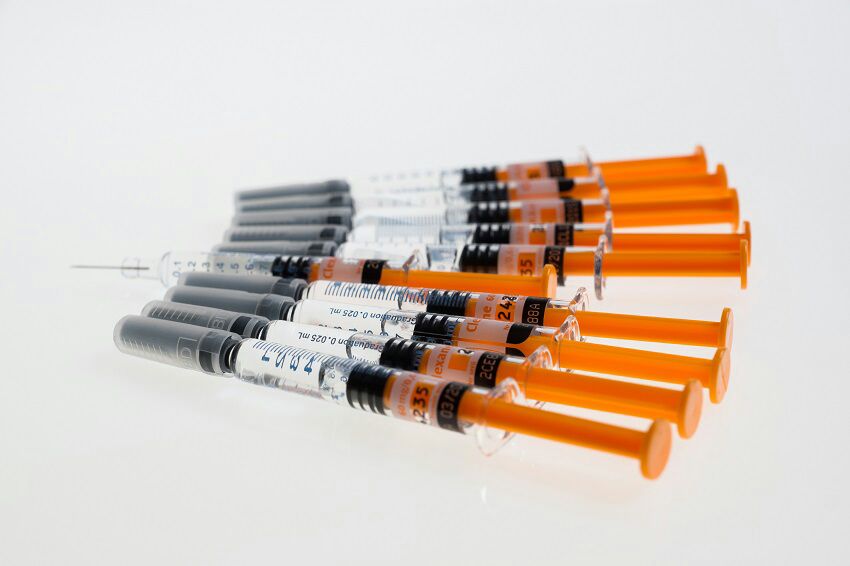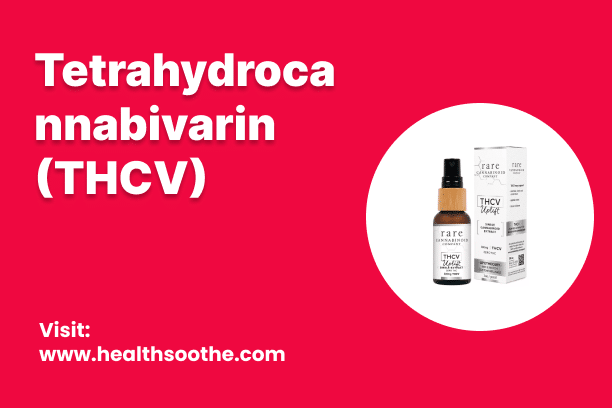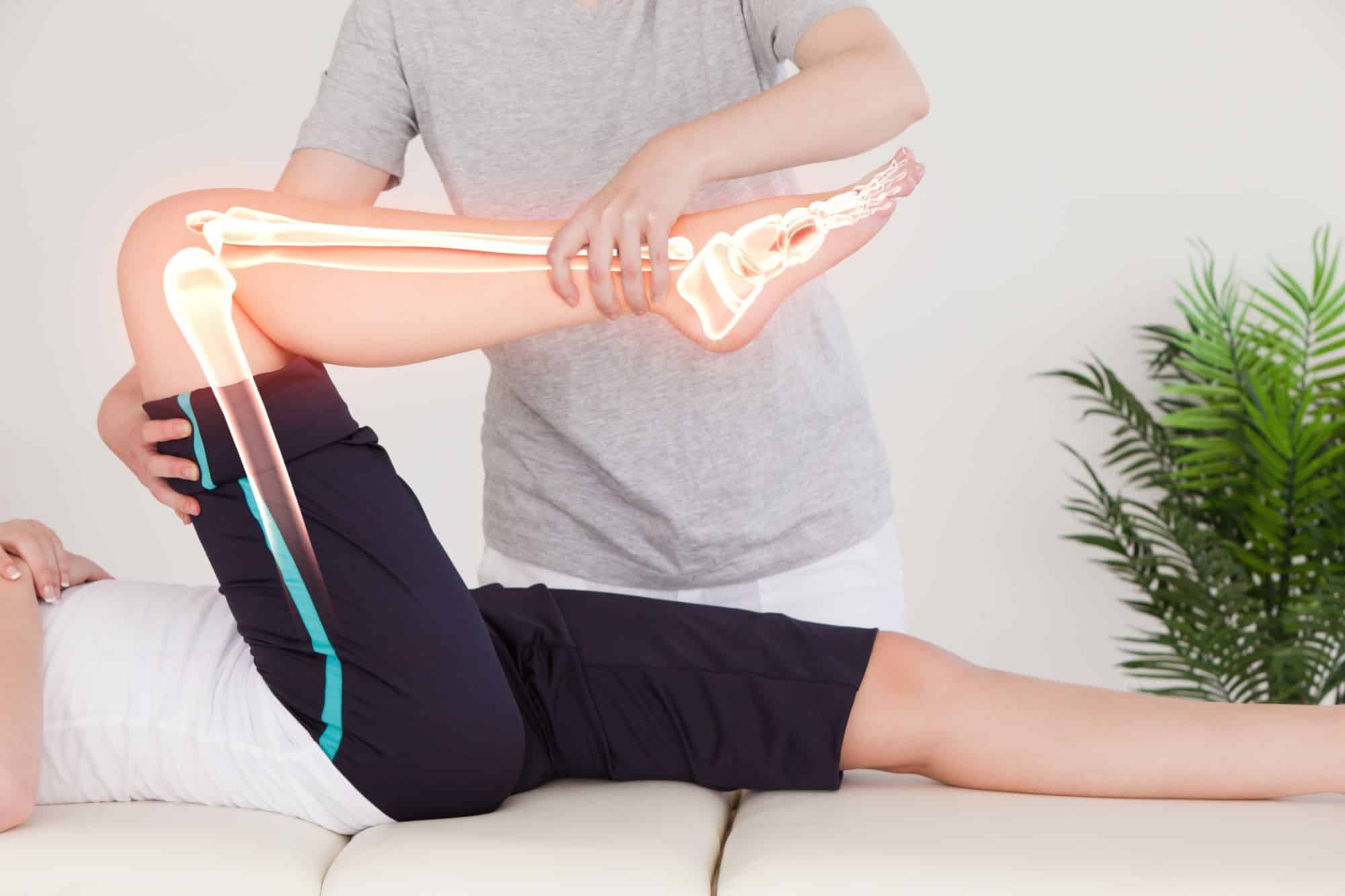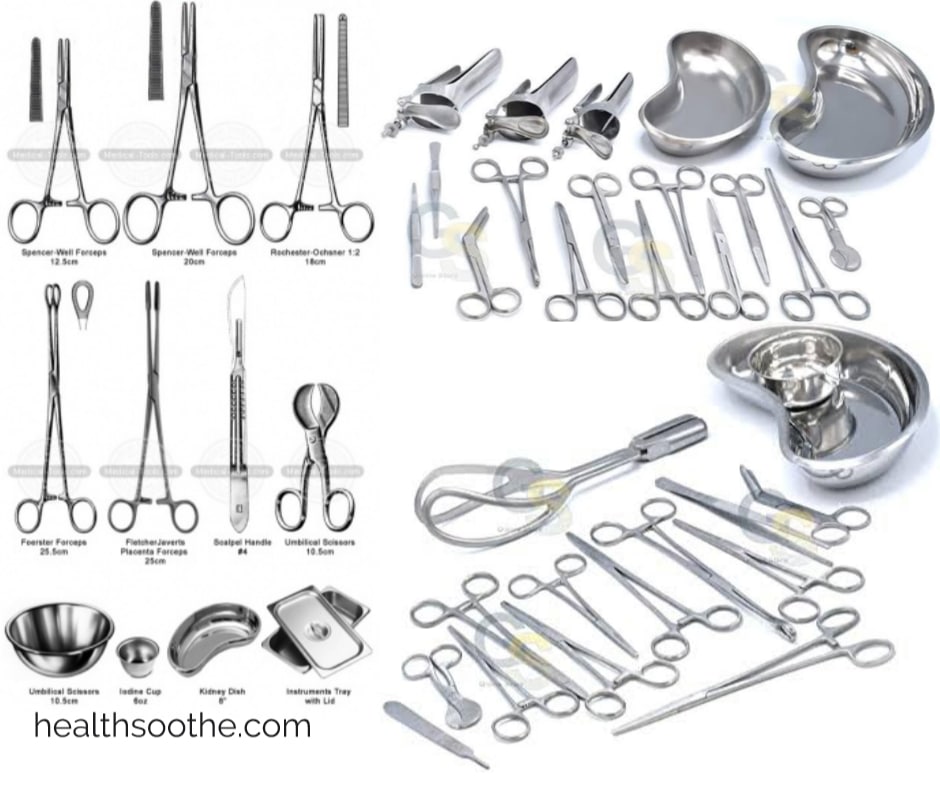Trending Now
Most Popular Blog Posts
How Does Yoga Benefit Your Mental Health?
Some years back, yoga was only known to have physical benefits. The mental effects were given little to no attention. However, yoga does not...
Botox as a Quick Fix for Wrinkles: What You Need to Know
Botox is one of the most popular wrinkle treatments in the UK and has built a positive reputation for its ability to reduce the...
How Can Clinics Radically Improve Patient Service?
While the healthcare sector attracts some of the most advanced technologies in the world, the patient-facing side always feels a little behind the times....
Fitness
What You Need to Know about Ashwagandha
There is no doubt that humans have made significant progress in various areas of life and living. Especially obvious is the massive improvement in...
Understanding What a Pharmacy Technician Does
There are a lot of people involved in the day-to-day process of aiding patients, each with their own role to fulfill. From the doctor,...
DEODORANT AFTER LASER HAIR REMOVAL
Laser hair removal is a permanent hair removal technique and a cosmetic procedure that uses concentrated beams of laser to remove unwanted hair. During...
LATEST ARTICLES
Troubleshooting GE Dishwasher
GE dishwasher may cease operation after filling with water due to several potential causes, such as a malfunctioning or stuck motor, filter blockage, a...
10 Health Benefits Of Bitter Leaf Juice and how to include Bitter Leaf in Your Diet
As the name implies, Bitter leaf is a bitter plant/herb that most people don't enjoy taking probably because of the taste. Touching the bitter...
Does Stopping Eliquis Raise Blood Pressure? What to Expect When You Discontinue It
Eliquis, the trade name for apixaban, is a prescribed anticoagulant used as a blood thinner. Its mechanism of action involves inhibiting the Xa enzyme...
Tetrahydrocannabivarin (THCV): What It Is, Benefits, and Side Effects
Tetrahydrocannabivarin (THCV) is a naturally occurring cannabinoid found in cannabis. Similar to other cannabinoids, THCV belongs to a separate group known as "varin" or...
Can You Take Acetaminophen While Pregnant? Safety, Risks & Guidelines
"It's safe to use limited amounts of Tylenol (acetaminophen) while pregnant," explains Dr. Layan Alrahmani, an obstetrician-gynecologist and maternal-fetal medicine specialist affiliated with Loyola...
The Therapeutic Benefits of Adult Weighted Blankets
Weighted blankets were originally designed for children. Psychiatrists that we're helping children with severe disorders like ADHD, autism and post-traumatic stress disorder came up...
6 Signs You Should Visit A Chiropractor
Chiropractic physicians focus on diagnosing and treating disorders of the muscular and skeletal systems, particularly the spine. They make use of minimally invasive methods,...















